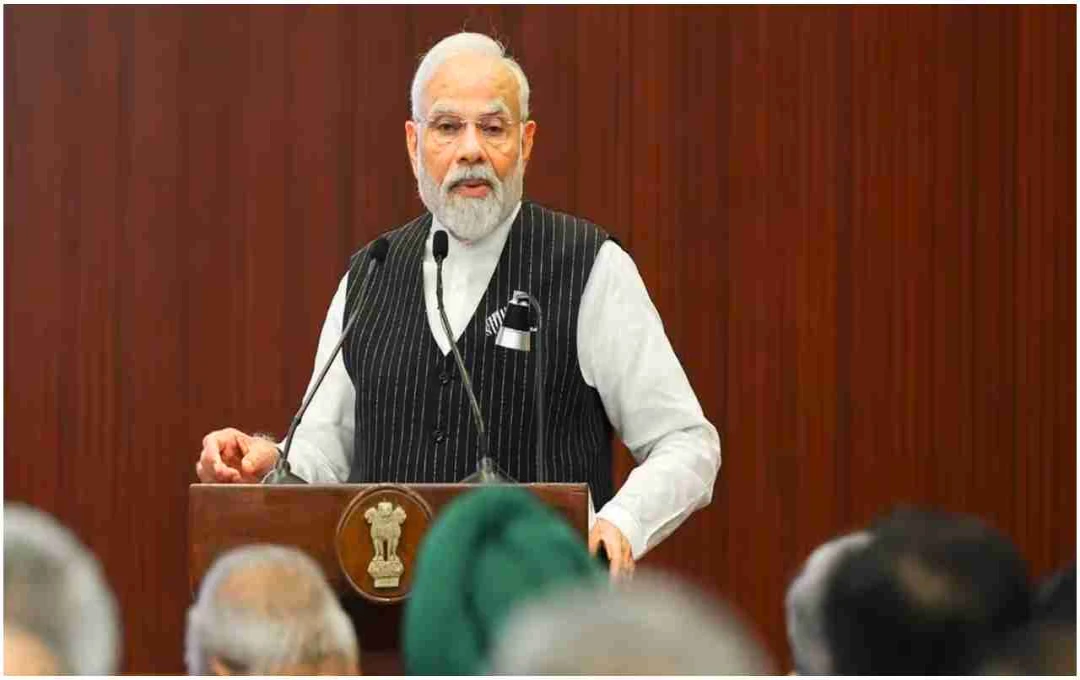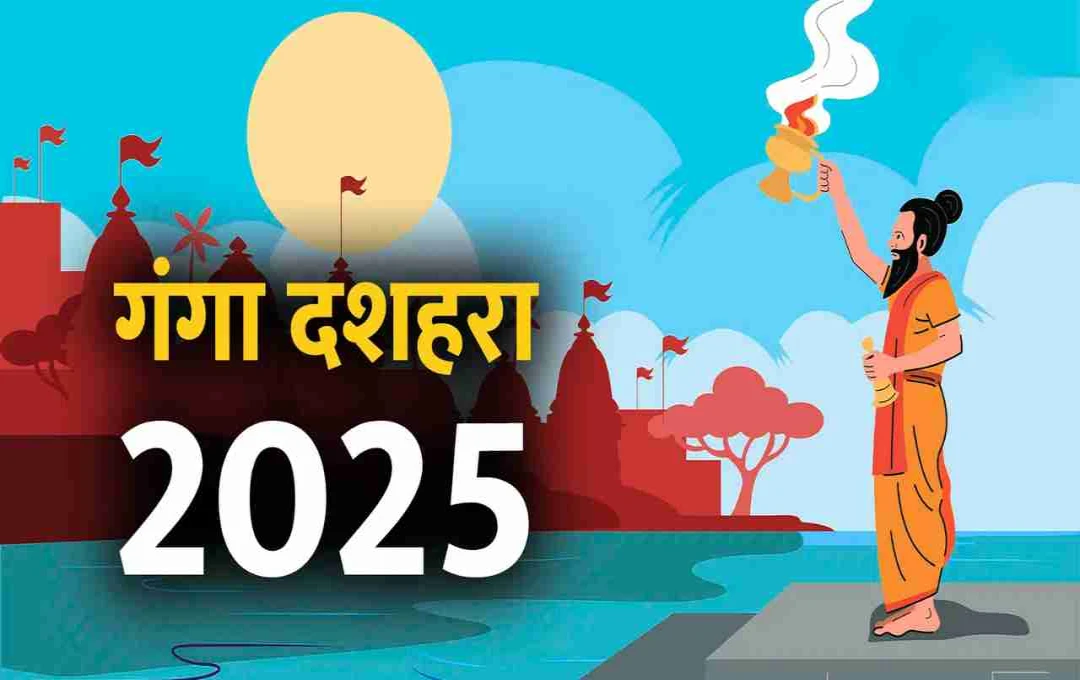Assam's Chief Minister, Himanta Biswa Sarma, has bly refuted a recent contentious claim made by Pakistan. Pakistan asserted that India's reliance on the Brahmaputra River's water is entirely dependent on China.
Guwahati: Following India's actions to restrict water flow in the Indus River after the Pulwama attack, Pakistan adopted a b stance and threatened that China could similarly restrict the Brahmaputra River's water flow, potentially causing a severe water crisis in India's northeastern states. In response to this statement, Assam's Chief Minister, Himanta Biswa Sarma, gave a sharp retort to Pakistan.
Pakistan's Claim and Assam CM's Response
Following India's restriction of Indus River water, Pakistan issued a threat concerning the Brahmaputra River. Pakistan claimed that India's dependence on the Brahmaputra River's water is entirely on China; therefore, if China were to restrict the water flow, it could create a drought-like situation in India's northeastern states. Assam's Chief Minister, Himanta Biswa Sarma, categorically rejected this claim.
He clarified that only 30-35 percent of the Brahmaputra River's water originates from China, while the remaining 65-70 percent comes from rivers flowing within India and regional rainfall. He presented this fact with data to eliminate any ambiguity.
Why Does the Brahmaputra's Water Flow Increase in India?

Himanta Biswa Sarma explained that the Brahmaputra River's water flow increases within India due to heavy rainfall in several Indian states, including Arunachal Pradesh, Meghalaya, Assam, and Nagaland. Furthermore, the Brahmaputra River receives numerous tributaries within India, such as the Subansiri, Lohit, Kameng, Manas, Dhansiri, Jia Bharali, Kopili, Digaru, and Kulsi rivers, significantly increasing its water level and flow.
The CM stated that when the Brahmaputra River enters India from China, its flow is approximately 2,000 to 3,000 cubic meters per second. However, during the monsoon season in the Assam plains, this flow increases to 15,000 to 20,000 cubic meters per second. This data clearly indicates that a significant portion of the water within India comes from rainfall and tributaries, approximately seven times more than China's contribution.
Pakistan's Strategy and the Assam CM's Reaction
Himanta Biswa Sarma termed Pakistan's strategy as political rhetoric. He stated that following India's termination of the Indus Waters Treaty, an atmosphere of fear prevails in Pakistan, and they are making such claims to destabilize India. He emphatically stated that Pakistan's false claims are baseless, and the reality is that the Brahmaputra River's water flow primarily originates from within Indian territory.
The CM said that Pakistan repeatedly spreads rumors about water scarcity, but the fact remains that the Brahmaputra River's water is generated and augmented within several Indian states. Therefore, even if China were to restrict the water flow, India would not face a serious crisis regarding the river's water.

Geographical and Climatic Features of the Brahmaputra River
The Brahmaputra River originates in the Changtang Plateau of Tibet, where it is also considered a tributary of the Yangtze River. This river flows through the Tibetan region of China and enters Arunachal Pradesh in India. From there, it spreads across the plains of Assam and ultimately merges into the Bay of Bengal. The river's water flow is limited in the Tibetan region of China due to less rainfall; however, heavy monsoon rains and numerous tributaries in Northeast India transform it into a vast reservoir.
This region of Northeast India is a crucial pillar of water security for the country. Himanta Biswa Sarma also mentioned that this area is abundant in natural water resources, essential not only for agriculture but also for the entire region's ecosystem. Therefore, threats of water restriction by Pakistan or China are unlikely to significantly impact India.















